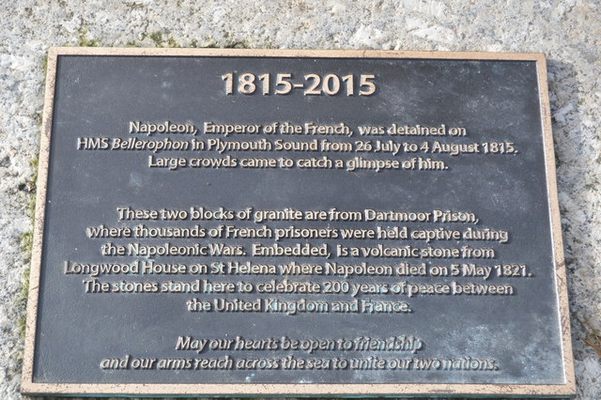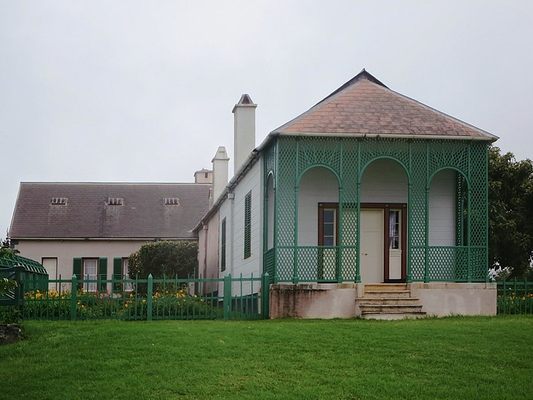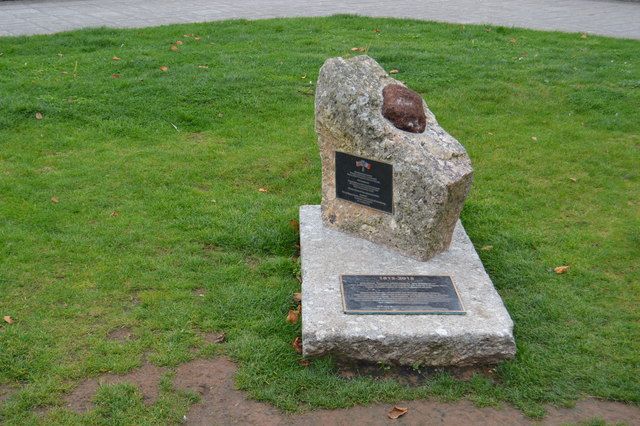About
Overlooked by the imposing walls of Plymouth's Royal Citadel, a 17th-century coastal fortress, stands a memorial to British military history.
Two small stones fitted together commemorate Plymouth’s role in ending the Napoleonic Wars, marking a friendship between France and Britian that has existed ever since. It sits just a stones throw away from the Napoleonic cannons that overlook Plymouth Sound, the bay where Napoleon Bonaparte spent 10 days in captivity following his defeat at the Battle of Waterloo in 1815.
To mark this historic occasion, crowds amassed by the tens of thousands to lay eyes on the disgraced emperor held aboard the HMS Bellerophon in Plymouth. This rush proved fatal for John Boynes however, who when rowing out to catch sight of the prisoner fell overboard and drowned.
Bonaparte 's capture marked the end of more than a decade of conflict between the French Empire and the United Kingdom. The commemorative stone consists of a chunk of volcanic tuff held within a granite slab obtained from the south Atlantic island of St Helena and Dartmoor Prison.
The memorial was unveiled on October 16, 2015, precisely 200 years after Bonaparte 's arrival at St Helena, the British tropical island where he spent the rest of his life in exile.
Part of the rock also comes from Bonaparte's home, Longwood House, constructed on St Helena. He remained at the home until his death in 1821.
A small piece of tuff from the Longwood House was donated in 2014 to be included in the memorial. It was transported 4,600 miles from St Helena to Plymouth by the French Navy. It was then embedded into a slab of granite from Dartmoor to complete the memorial.
The choice to use granite from Dartmoor Prison was designed to recognize French prisoners of war held there during the Napoleonic conflict.
HMP Dartmoor, as it's now known, continues to house prisoners, making it one of Britain's oldest prisons. It also contains a museum.
Related Tags
Know Before You Go
The stone is on Madeira Road in a small triangle of land underneath the Royal Citadel.
It's accessible at any time and there is on-street parking nearby with some disabled bays.
Note that this section of the seafront is one way, vehicular access is either from Lambhay Hill or Commercial Road.
Published
April 22, 2020
Sources
- https://openplaques.org/plaques/42751
- http://plymouthnewsroom.co.uk/plaque-unveiled-to-mark-napoleons-link-with-plymouth/
- https://www.megalithic.co.uk/article.php?sid=47252
- https://www.sainthelena.gov.sh/2015/public-announcements/world-statistics-day-2015/
- http://qualifiedstonemason.com/portfolio/conservation/napoleon-commemorative-stone/
- https://www.findagrave.com/memorial/92863253/john-boynes


































